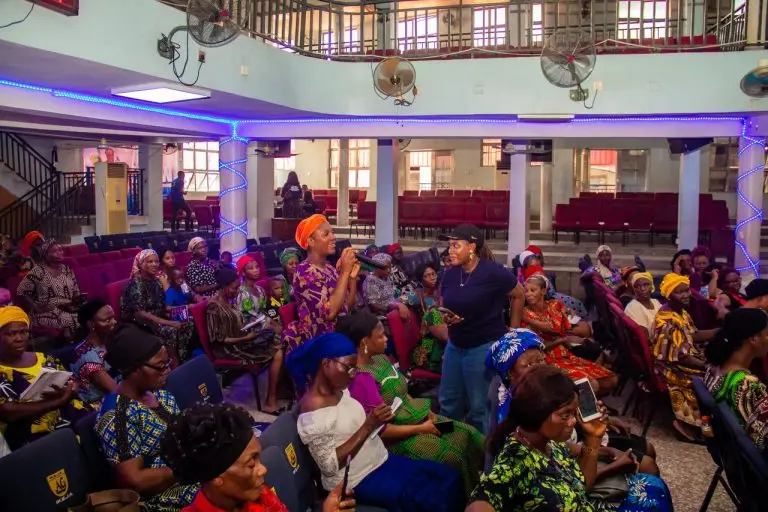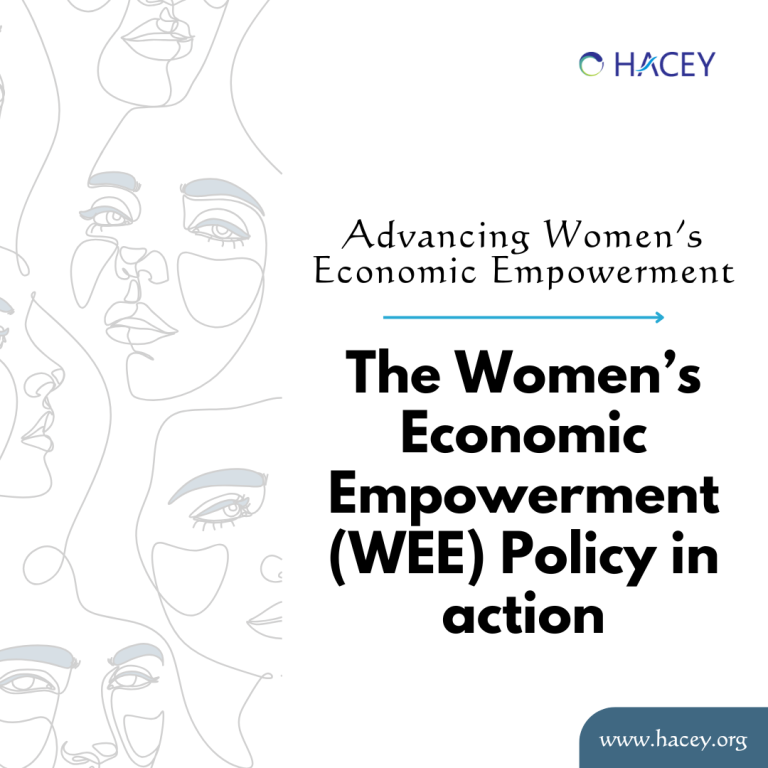
The HACEY Health Initiative Safe Space program helps young girls discover and build skills while also providing information on sexual and reproductive health and rights. Mary Adeoye, program officer for the Safe Space program speaks on her experience with the girls and the importance of safe spaces for girls.
Traditionally, treating boys preferentially is common in Nigeria at the detriment of the girl child, causing emotional and psychological trauma for many girls. In most families, it is believed that only male children can sustain the family name but females will get married to another man and become his “property”. This is changing, albeit slowly. Women are discovering themselves and embracing feminism.
Nevertheless, some girls, especially in hard to reach areas of Nigeria are lagging behind. They still see themselves as “second class citizens” who always have to explain themselves for every mistake and accept being treated as not as important as boys.
Recently, through the HACEY Health Initiative Safe Space Program, I have been interacting with girls from divergent backgrounds. I have come to realise that many of these young girls are very enthusiastic about life and they have deep interests in discovering themselves and impacting their world. They are ready to challenge different situations they face during the course of their lives and also ready to speak up and fight for other girls.
Sadly, some girls lack self-worth and drive because of past physical and psychological experiences. These girls suffer from psychological effects of abuse in its different forms, their own choices and societal problems. All these have a way of wrecking their self-esteem which in turn inhibit their inbuilt leadership abilities.
Safe Spaces are one of the phenomenal ways we can tackle different problems that girls face in the society today. Safe Spaces for girls should be free atmospheres where different issues such as masturbation, abortion, condom use, pleasure, abuse, sex before marriage and taboos are openly and sensitively addressed. Issues should be addressed as positive and non-judgmental possible. Safe spaces don’t have to be visible they can also be virtual. It should also be an avenue for dissemination of sufficient information for adolescent girls and guidance on making informed decisions about Sexual and Reproductive Health issues.
For girls, the idea of safe and supportive environments is crucial, given the burdens and limitations placed on them by parents and social institutions that intensify as they approach adulthood. Safe spaces if handled well, will equip girls with knowledge to develop themselves and become good leaders with impressive self-confidence.
Mary Adeoye


